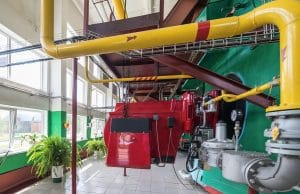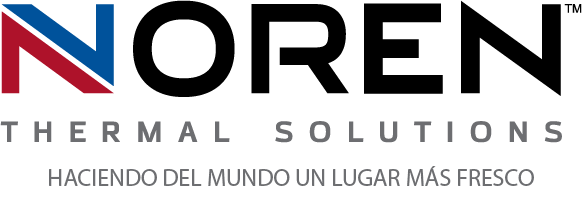 For companies in most industries, their continued, sustained growth depends on several different factors. Efficiency, productivity, and controlled overhead costs are just a few such factors, and they’re highly influenced by a company’s use of advanced technologies in multiple applications. In most cases, these technologies also help companies better achieve another important goal – lowering their environmental footprints. To achieve this, advanced applications often rely on more natural thermal management processes, such as transferring electrical waste heat instead of creating and circulating cold air to try and control it.
For companies in most industries, their continued, sustained growth depends on several different factors. Efficiency, productivity, and controlled overhead costs are just a few such factors, and they’re highly influenced by a company’s use of advanced technologies in multiple applications. In most cases, these technologies also help companies better achieve another important goal – lowering their environmental footprints. To achieve this, advanced applications often rely on more natural thermal management processes, such as transferring electrical waste heat instead of creating and circulating cold air to try and control it.
The approach to electrical cooling operations
The ultimate goal of any electrical thermal management solution is to prevent electrical overheating. However, the processes that companies use to achieve this vary greatly, and they can impact nearly aspect of the company’s operations. For example, when companies rely on older thermal management solutions, such as air conditioning or air compression units, they have to invest substantial amounts of energy and resources into maintaining these solutions’ continued operations. Large energy requirements and a frequent need for routine maintenance and unscheduled repairs can significantly impact a company’s productivity. They can also make it more difficult for companies to control or lower their overall environmental footprints.
How heat exchangers reduce environmental footprints
The biggest reason conventional thermal management solutions negatively impact a company’s environmental footprint is because the processes they rely on make it necessary. The process of generating chilled air requires large amounts of energy, which can automatically increase a company’s overall footprint. Traditional cooling processes also utilize potentially harmful chemicals that can further increase this footprint and the company’s risk of negatively impacting the surrounding ecosystem. However, companies that utilize more modern electrical cooling solutions, such as heat exchangers, can eliminate these risks by making use of more natural heat transfer processes.
Using heat transfer techniques for other processes
The process of transferring waste heat involves utilizing an eco-friendly cooling fluid that can rapidly absorb large amounts of waste heat, then making it efficient for the fluid to transfer and dissipate the heat safely. In typical electrical enclosure cooling applications, this creates a nearly self-contained loop that allows for highly efficient electrical cooling with minimal energy. Because heat transfer techniques revolve around the use of an eco-friendly cooling fluid, they also eliminate the risk of harmful chemicals leaking into and harming the environment around a company’s facilities. For more information about why eco-friendly companies rely on better thermal management, call Noren Thermal Solutions in Taylor, TX, at 866-936-6736.







